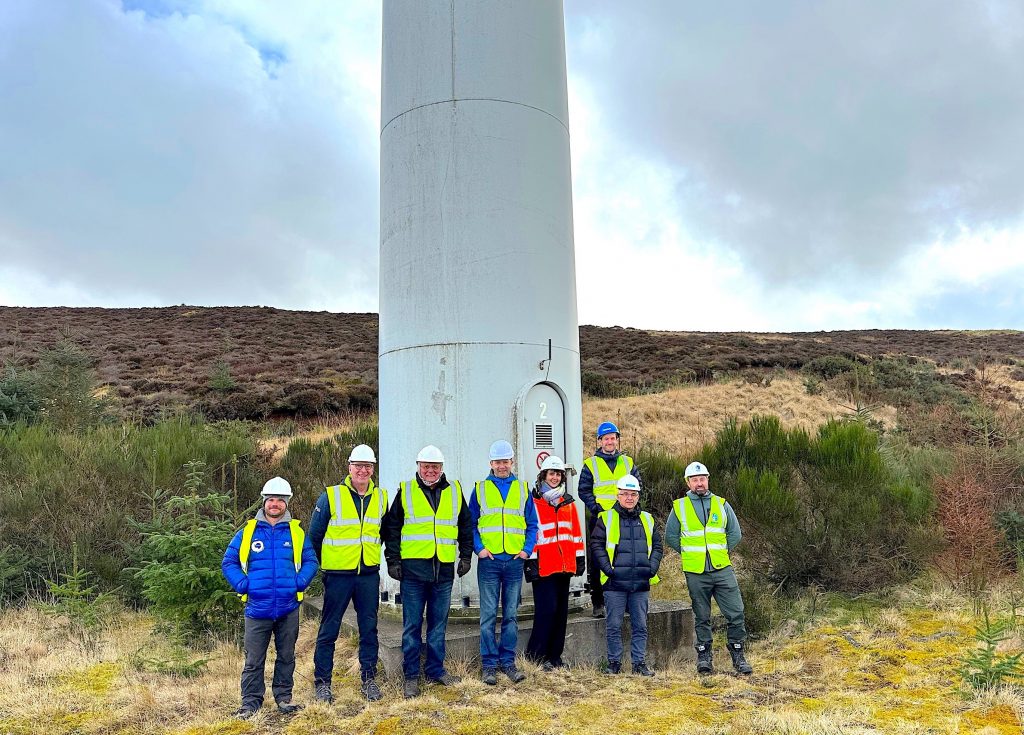
The British Antarctic Survey (BAS) aims to be a world-leader in polar science and polar operations. Their largest British Antarctic facility, the Rothera Research Station, is a centre for biological research, and a hub for supporting deep-field and air operations.
Recently we were delighted to provide insights into the practical side of wind turbine selection, turbine operation, and training requirements, to a group from BAS, and their partners and contractors, including BAM, Ramboll, Sweco, and Aquatera.
As part of the Antarctic Infrastructure Modernisation Programme (AIMP), BAS is progressing the decarbonisation of their research station at Rothera, with the overarching target of reaching net zero by 2040. Wind power is one of a suite of potential renewable energy options being considered for the research station. If wind turbines can be installed, they will have to operate in some challenging weather and extremely low temperatures!
During the visit, Realise Energy Services was able to provide a practical overview of turbine technology and typical operations through a Q & A session and visits to several operational turbines of the appropriate scale.
Built on a rock promontory at the southern tip of the Wormald Ice Piedmont, Rothera Research Station is situated on Adelaide Island to the west of the Antarctic Peninsula, 860 km south of the Falkland Islands and 1,630 km south-east of Punta Arenas, Chile. The island, which is 140 km long, is mountainous and heavily glaciated, with its highest peak reaching 2,565 metres.
The Antarctic Infrastructure Modernisation Programme (AIMP) will transform how the British Antarctic Survey enables and supports frontier science. Commissioned by the Natural Environment Research Council (NERC), this long-term programme will enable a world-leading capability to ensure that Britain remains at the forefront of climate, biodiversity, and ocean research in the Polar Regions.
Anyone interested in viewing the research station in detail can take a virtual tour here.
Find out more about Rothera here.
Back to latest news© 2025 SC411662 | Website managed by: Blacksmith Marketing